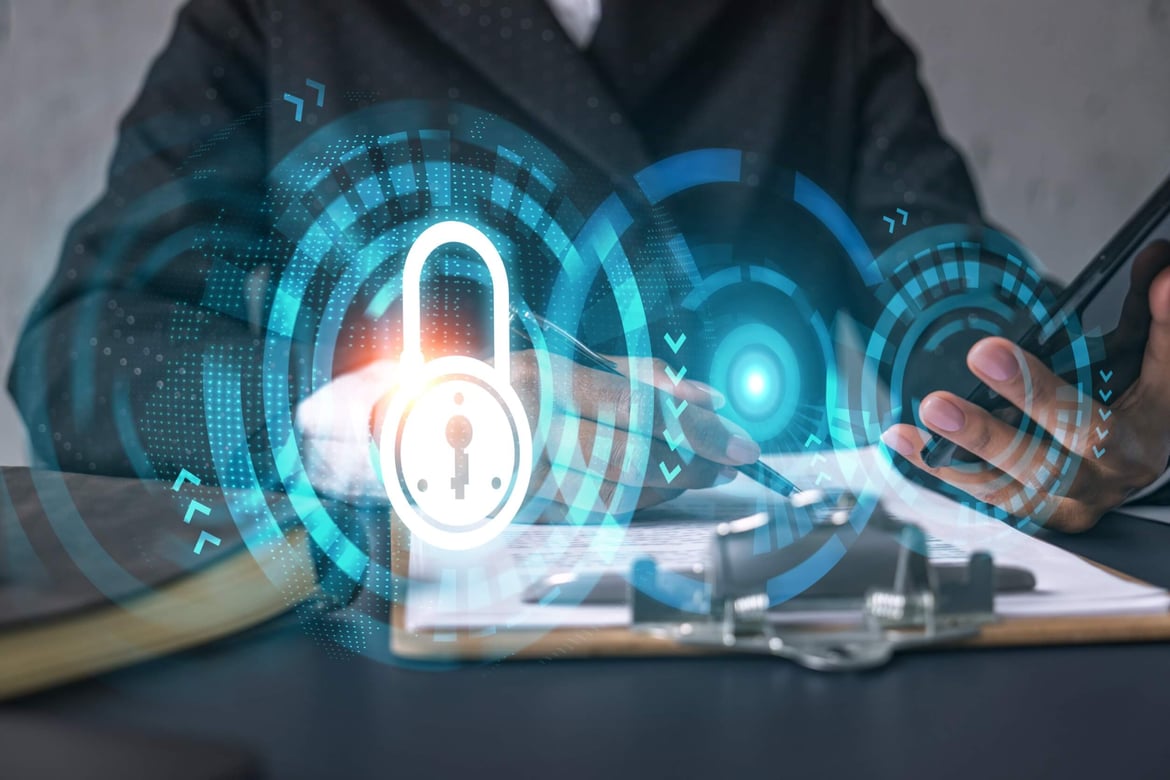Date: 15 May 2023
Common Email Authentication Methods
1. Sender Policy Framework (SPF)
SPF is a widely used email authentication method that allows email servers to verify that an email message came from an authorised server. SPF authenticates by adding a DNS record to the sending domain that specifies which IP addresses are authorised to send emails on behalf of that domain.
When an email is received, the recipient's email server checks the SPF record to determine if the email came from an authorised server. If the email came from an unauthorised server, it is more likely to be rejected or sent to the spam folder.
2. DomainKeys Identified Mail (DKIM)
DKIM is another popular email authentication method that uses cryptographic signatures to verify that an email message has not been tampered with and was sent by an authorised sender. DKIM signatures are a system that use a private key to create a digital signature in the header of an email, verifying the sender. The recipient's email server verifies the signature using the sender's public key.
The email server of the person receiving the message can check the signature by referencing the public key of the sender addresses, which is made available in the domain name system (DNS) record linked to that sender. If the signature is valid, the email is more likely to be considered legitimate.
3. Domain-based Message Authentication, Reporting, and Conformance (DMARC)
DMARC is a policy framework that builds on SPF and DKIM to provide an additional layer of email authentication. DMARC gives domain owners the power to determine what should be done with their emails if they do not pass SPF or DKIM authentication.
For example, they can choose to reject or quarantine emails that fail authentication checks, or they can choose to send them to a designated email address for analysis.
Benefits of Email Authentication
The benefits of email authentication go beyond just preventing email spoofing and spamming. By using email authentication methods like SPF, DKIM, and DMARC, organisations can:
- Protect their corporate identity & brand: Email authentication helps prevent cybercriminals from impersonating an organisation's brand and sending spam or phishing emails in their name.
- Improve email deliverability: By reducing the chances of emails being marked as spam or rejected, email authentication can help ensure that legitimate emails reach their intended recipients.
- Enhance email security: Email authentication helps protect against email-based threats like malware, ransomware, and phishing scams, which can compromise an organisation's sensitive information and systems.
- Build customer trust: By protecting their customers from email-based threats, organisations can build trust and loyalty with their customers.
Challenges of Email Authentication
While email authentication is a critical security measure, there are some challenges to implementing it effectively. These challenges include:
- Lack of adoption: Not all email clients, providers and organisations have implemented email authentication methods. This can make it harder to combat email spoofing and spamming.
- Complexity: Implementing email authentication methods like SPF, DMARC and DKIM can be complex and require technical expertise. This may be a challenge for smaller organisations with limited resources.
However, cybersecurity experts like Virtual Cyber Assistants can help smaller organisations assess and implement security measures, like email authentication, which may be right for them in terms of need and budget. - False positives: Overzealous email filters can sometimes mark legitimate emails as spam if they fail SPF or DKIM checks. This can result in false positives and missed opportunities for communication.
- Limited enforcement: Even when email authentication is implemented, there is no guarantee that all email providers will enforce the policies outlined in the DMARC record.
Best Practices for Email Authentication
To implement email authentication effectively, organisations should follow best practices like:
- Implementing all three email authentication methods (SPF, DKIM, and DMARC) to provide a comprehensive approach to email authentication.
- Ensuring that their SPF and DKIM records are correctly configured and up to date.
- Setting a DMARC policy that specifies how to handle emails that fail authentication checks and monitoring DMARC reports to detect any anomalies or issues. The importance of Cyber Incident Response Plans also comes into play here - in case any specific anomalies or malware is detected.
- Educating employees and customers about email authentication and how to recognize and report suspicious emails. High-quality Cybersecurity Training becomes extremely critical here.
- Regularly reviewing and updating their email authentication policies and practices to stay up to date with emerging threats and technologies.
Implementing email authentication techniques can significantly reduce the risk of email spoofing, spamming and phishing attacks. Organisations that use email authentication can protect their email sender reputation and their customers from phishing attacks and other email-based threats. It's important to note, however, that email authentication is not a silver bullet, and it should be used in conjunction with other security measures, such as antivirus software, firewalls, and employee training.
In conclusion, email authentication is an essential security measure. By using SPF, DKIM, and DMARC, organisations can verify the authenticity of an email message, prevent email-based cybersecurity attacks, and protect their reputation and customers from email-based threats.
Suggested Reading: 6 Ways to Make Authentication Systems More User-friendly









